New Private Fund Rules - Quarterly Statements
Quarterly Statements - Key Takeaways
Preparation and Distribution
Reports must be provided within 45 days of fiscal quarter-end and within 90 days of fiscal year-end
Fund of funds have extended periods of 75 days and 120 days, respectively
Fee and Expense Disclosure
At the fund-level, all adviser compensation, itemized expenses allocated or paid by the fund, reflecting before and after any offsets, rebates and waivers must be included
For portfolio investments, a table of investments showing the compensation paid to the adviser reflecting before and after any offsets, rebates and waivers must be included
Advisers must show how allocations are calculated and include cross references to offering documents that set forth the calculation methodology
Performance Disclosure
Liquid funds to include:
Annual net total returns for each year over past 10 years or, since inception
Average annual net total returns over 1, 5, and 10-year periods, or since inception
Cumulative net total return for current fiscal year as of the most recent fiscal quarter
Illiquid funds to include (1):
Gross and Net IRR since inception
Gross and Net MOIC since inception
Gross IRR and MOIC for the realized and unrealized portion of the funds, each to be presented separately
Statement of inflows and outflows for the fund
Capital outflows distributed to investors with the value and date for each, in addition to the NAV of the fund as of the end of the reporting period
(1) With and without the impact of any fund-level subscriptions
Recordkeeping Requirements
Copy of quarterly statements distributed (including each address and the date sent)
Records evidencing the calculation methods used
Records evidencing the determination of whether a private fund is a liquid or an illiquid fund
Record retention time is consistent with other Advisers Act requirements
Expected Challenges in Implementing
Gathering information from investments and third parties
Understanding the impact of fund-level subscriptions on each investment
Sub-advisers must still produce reports if the principal adviser is not subject to the new rules
CCG’s Guidance
Form working groups: Collaborate with compliance, finance, operations, marketing or investor relations to prepare for implementation
Classify Funds: Determine whether funds are liquid or illiquid, and whether it is a “regular” fund or a fund of funds
Review Private Fund Documents: Ensure PPMs and other fund documents have adequate disclosures and that expense calculation methodologies are defined
Develop policies, procedures and training sessions
Engage Third Parties: Begin working with fund administrators and portfolio investments to facilitate reporting
